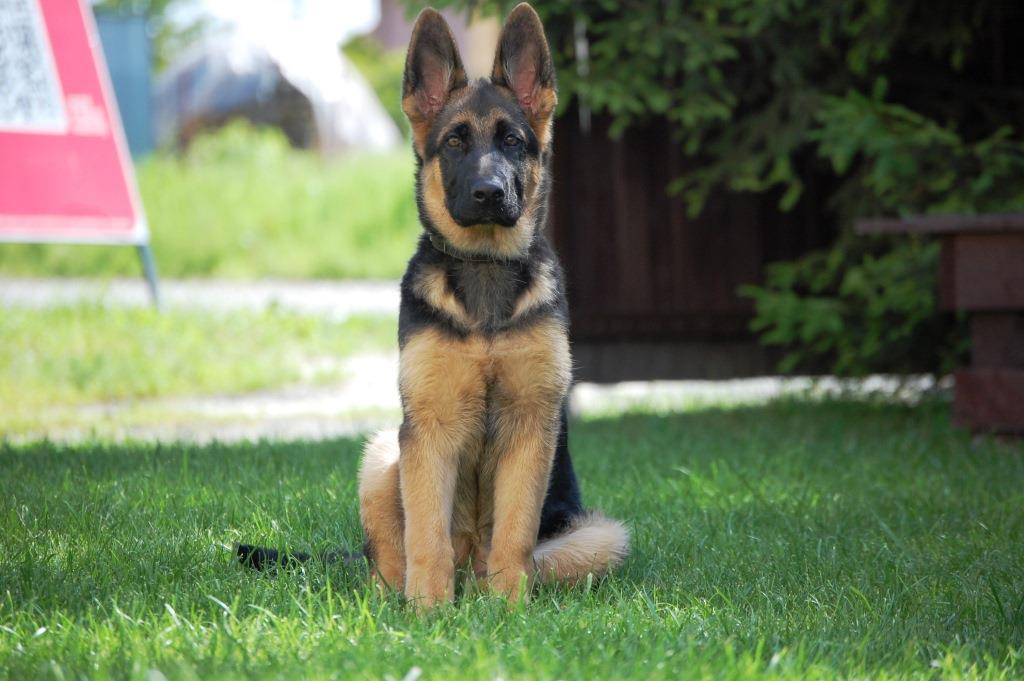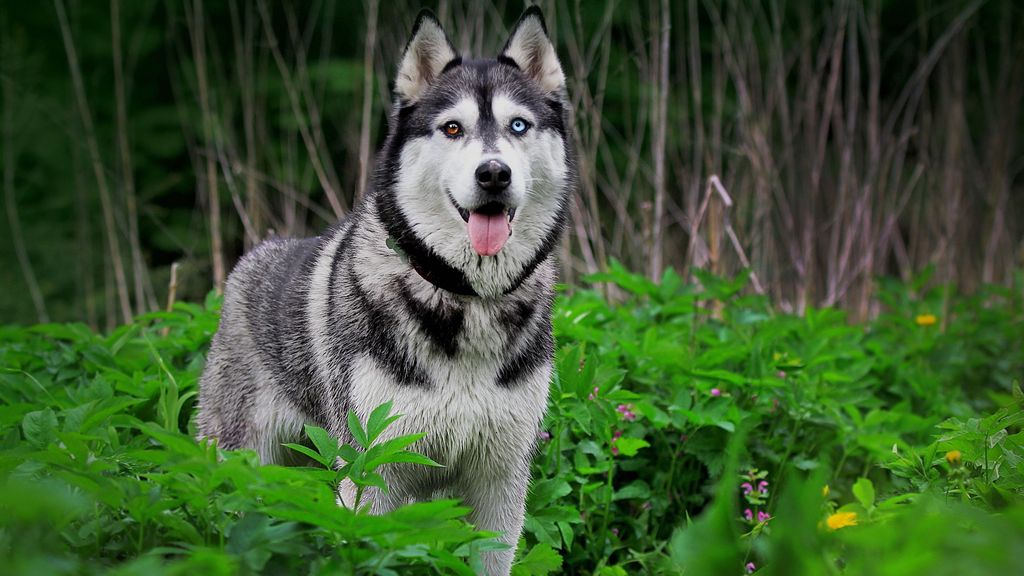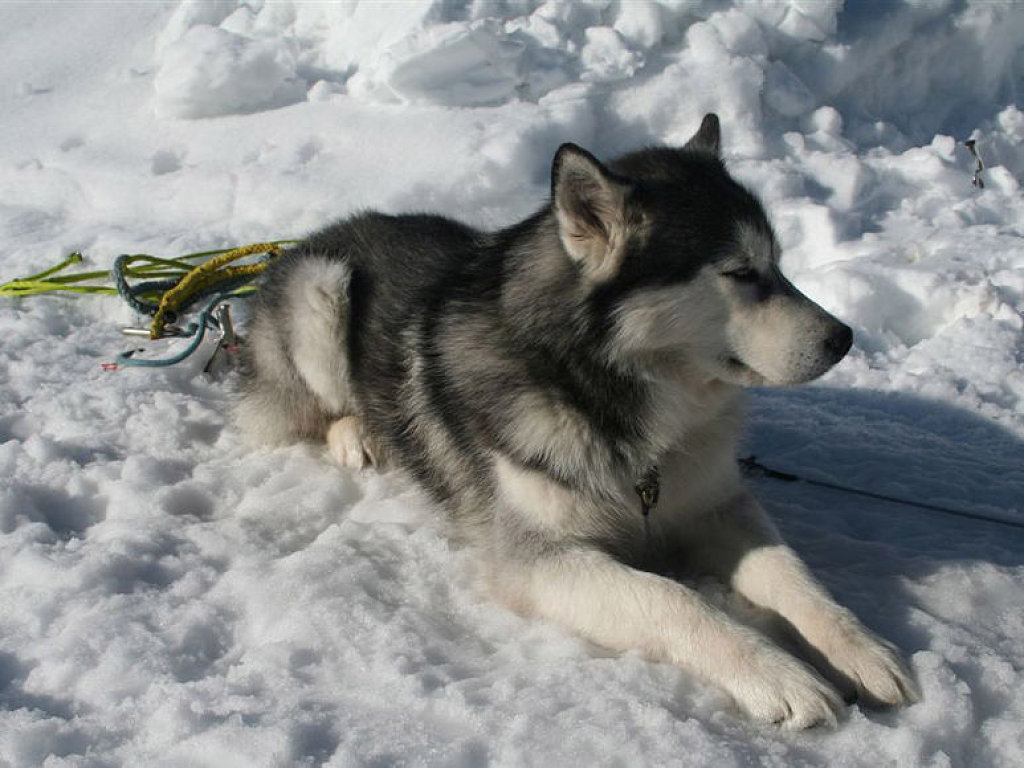German Shepherd
The German Shepherd is one of the most renowned breeds of dog there is. German Shepherds are strong, loyal, and are highly response to training. They can often be larger and a little intimidating, but that doesn’t scare people off: German Shepherds are one of the most popular pets in the world.
German Shepherds do indeed get their name from Deutschland, because that’s where the first standard-bred Shepherds appeared. The twist? German Shepherds are actually a relatively young breed, having been fully bred in the 19th century. As efforts were being made throughout the 19th century to standardize dog breeds – perhaps more of an art than a science – German Shepherds grew out of a group of dogs that were good at shepherding. German dog owners bred dogs that were good at rounding up sheep, protecting the flocks, and had strong, swift bodies. At the same time, these proto-German Shepherds often were a great deal different from the Shepherds in other towns and regions in northern Europe. But as enthusiasm for dog breed standardization grew, a man named Max von Stephanitz, a lover of work dogs, found a dog at a dog show that would come to be known as the “first” German Shepherd. He changed the dog’s name to Horand von Grafrath and Horand became the founding German Shepherd. So when your child asks you why they’re called “German Shepherds,” you’ll finally have an amusingly direct answer to give them.
Although German Shepherds are young enough that Horand von Grafrath – the first of its kind – actually posed for a photograph, they still have a strong pedigree. You may find that the young age of the breed lends itself to better record-keeping. Note that the pedigree of the German Shepherd can sometimes be measured in German words such as “gut,” which means good, or “sehr gut,” meaning very good.
If you decide to bring in a German Shepherd as a pet, what on earth will you feed it? They can, after all, grow to be quite large. German Shepherds can have a healthy appetite and can go through dog food quickly, so using meat to feed your Shepherd (as well as for training purposes) can go a long way in keeping the dog well-fed. Mixing in vegetables such as green beans is a great idea. Some people recommend constructing “pies” or “casseroles” of assorted ingredients using meats and vegetables together. When it comes to dry dog food, keep in mind that a healthy adult German Shepherd can go through some 40 pounds of it in a month.
Read more at : PetGuide.com
Siberian Husky
It is believed that the Siberian husky has their origin among a group of Siberian nomads called the Chukchi. The exact history of this dog breed is yet to be documented, but some DNA tests carried out by experts have revealed that this breed is one of the oldest dog breeds currently in existence. People belonging to the Chukchi clan used these dogs for fast transportation and treated them as family dogs. The huskies were often allowed to sleep with Chukchi kids; they were also given warm and comfortable beds to rest.
In the year 1908, The Siberian huskies were imported to Alaska, where they were assigned the role of sled dogs. They were made to take part in the dogsled race called the Sweepstakes (a 408-mile race organized every year for assessing running ability of dogs); these members of the canine family happen to be active members of the race even today.
Read more at : nycpuppyclass.com
Alaskan Malamute
The Alaskan Malamute is a large breed of domestic dog (Canis lupus familiaris) originally bred for hauling heavy freight because of their strength and endurance, and later a sled dog. They are similar to other arctic breeds, such as the Greenland Dog, Canadian Eskimo Dog, the Siberian Husky, and the Samoyed.
The first dogs arrived in the Americas 12,000 years ago; however, people and their dogs did not settle in the Arctic until the Paleo-Eskimo people 4,500 years ago and then the Thule people 1,000 years ago, both originating from Siberia.Malamutes were thought to be created by the Malemiut Inupiaq people of Alaska's Norton Sound region,who were a Thule people. The Malamute has been identified as a basal breed that predates the emergence of the modern breeds in the 19th Century. A study in 2013 showed that the Alaskan Malamute has a similar east Asian origin to, but is not clearly related to, the Greenland Dog and the Canadian Eskimo Dog, but contains a possible admixture of the Siberian Husky.






































No comments:
Post a Comment